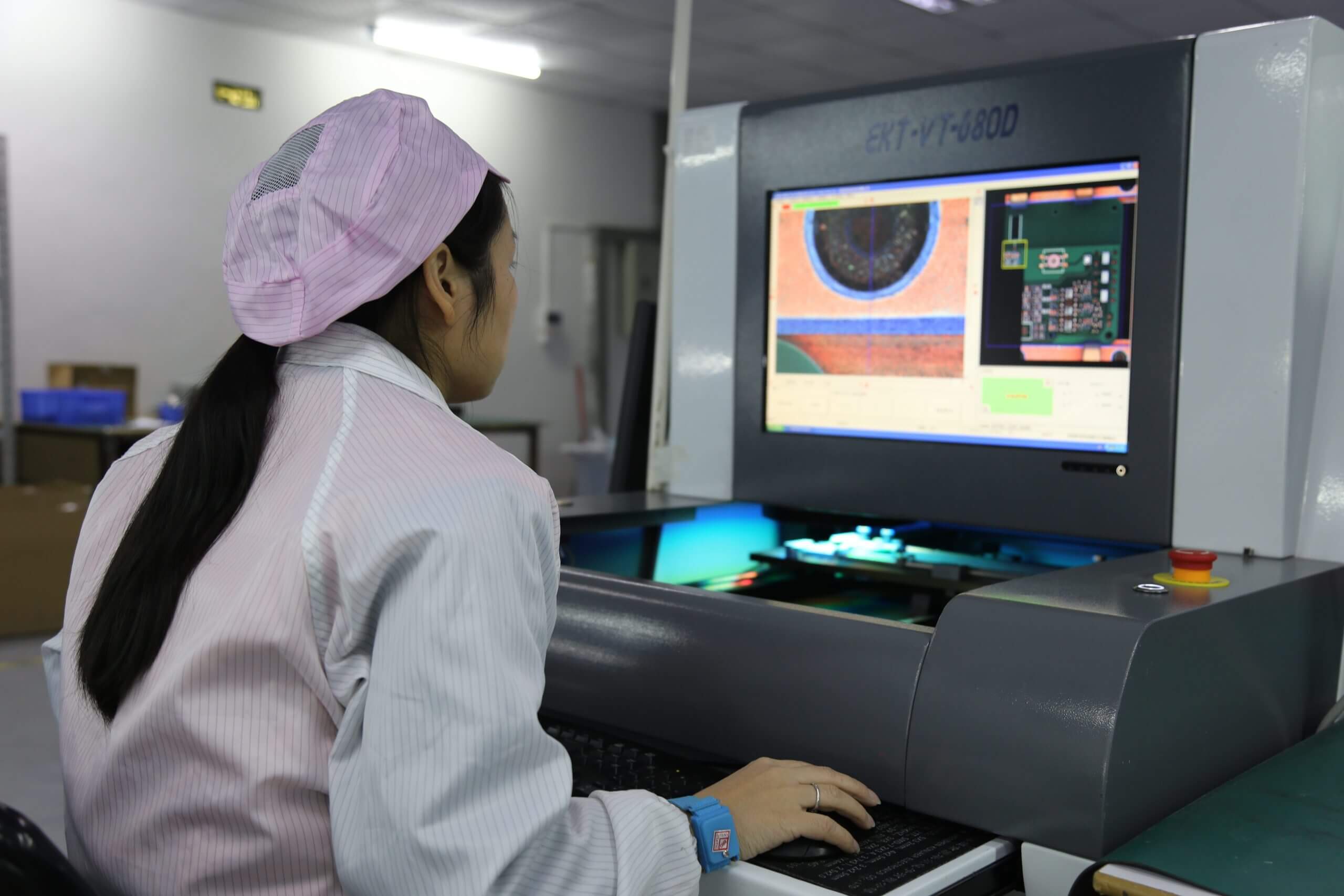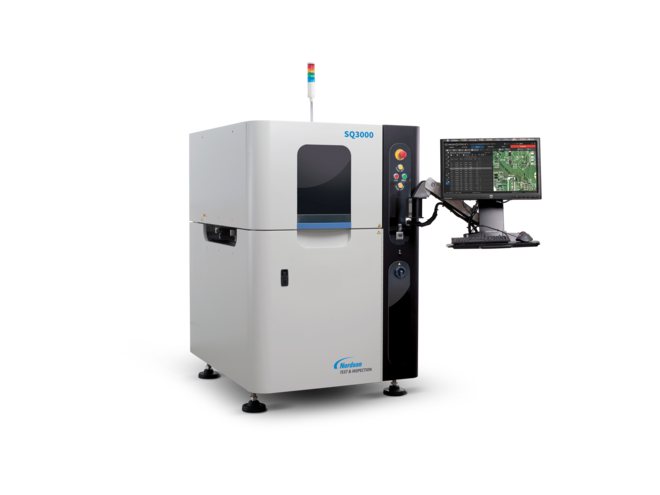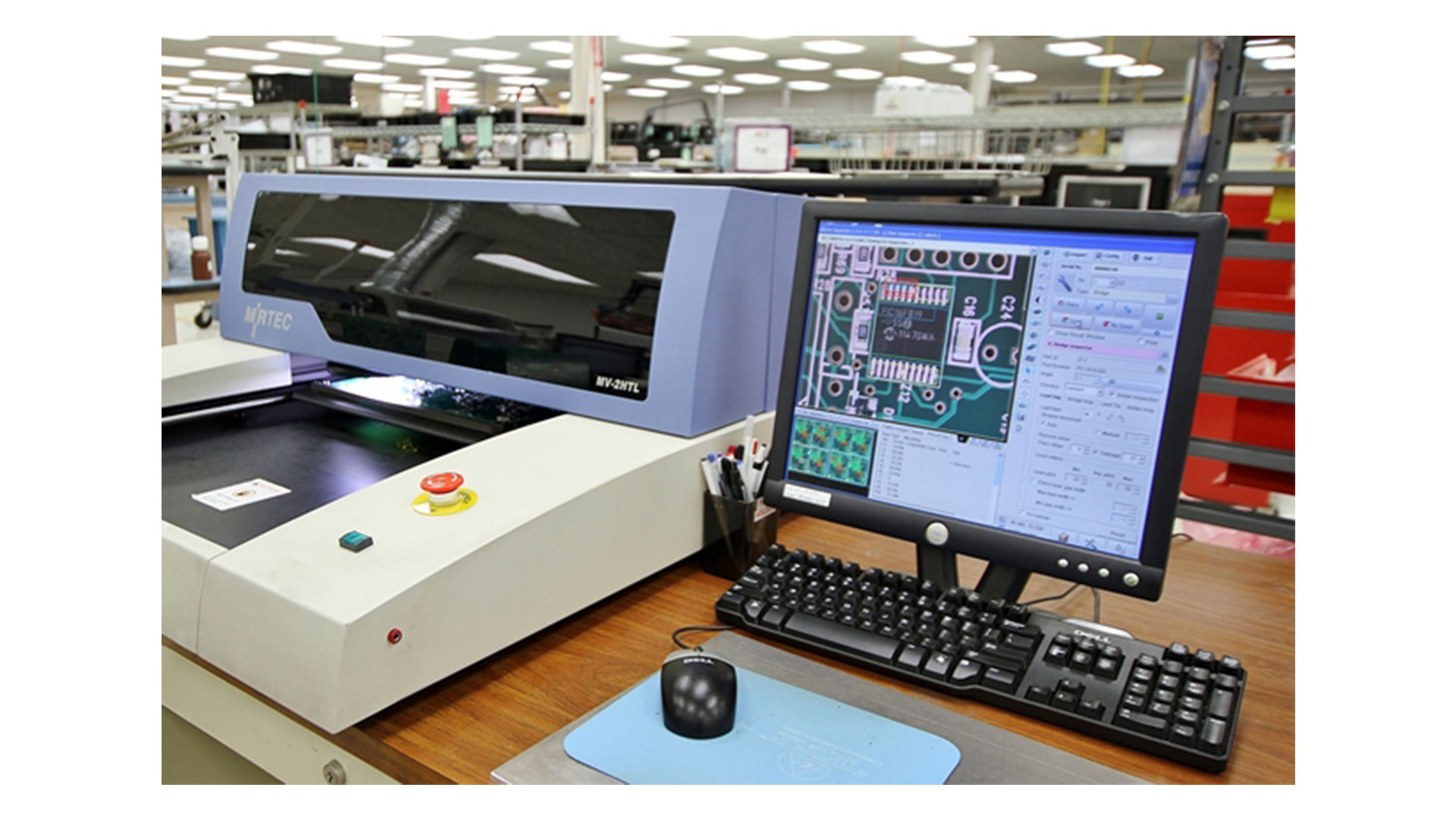If you’re an electrical engineer looking to enhance the quality and efficiency of your PCB assembly line, selecting the right Automated Optical Inspection (AOI) equipment is crucial. In this comprehensive guide, we’ll walk you through the essentials of AOI equipment selection, offering practical tips and detailed comparisons to help you make an informed decision. Whether you’re searching for an AOI equipment selection guide, AOI equipment buying tips, or an AOI equipment comparison, this post covers it all, including key features and specifications to consider.
Let’s dive into the world of AOI systems and ensure your PCB assembly process achieves top-notch precision and reliability.
What Is AOI Equipment and Why Does It Matter for PCB Assembly?
Automated Optical Inspection (AOI) equipment is a vital tool in modern PCB (Printed Circuit Board) manufacturing and assembly lines. It uses high-resolution cameras, advanced lighting, and sophisticated image processing software to inspect PCBs for defects such as soldering issues, missing components, misplacements, and other assembly errors. Unlike manual inspection, AOI systems provide consistent, fast, and accurate results, which are essential for high-volume production.
For electrical engineers, AOI equipment matters because it directly impacts product quality and manufacturing efficiency. A single defect on a PCB can lead to costly failures in electronic devices, ranging from consumer gadgets to critical medical or aerospace systems. By catching issues early, AOI reduces rework costs, improves yield rates, and ensures compliance with industry standards like IPC-A-610.
In short, investing in the right AOI system is not just about inspection—it’s about protecting your reputation and bottom line. So, how do you choose the best one for your needs? Let’s break it down step by step.

Key Factors in AOI Equipment Selection: A Step-by-Step Guide
Selecting the right AOI equipment for your PCB assembly line involves evaluating several critical factors. This AOI equipment selection guide will help you navigate the process with clarity and confidence.
1. Understand Your Production Needs and Volume
Before diving into features and specifications, assess your production requirements. Are you running a high-volume, low-mix assembly line, or a low-volume, high-mix operation? High-volume lines often need AOI systems with faster inspection speeds, capable of processing thousands of boards per hour. For instance, some advanced AOI machines can inspect up to 100 cm2 per second, ideal for mass production.
On the other hand, high-mix environments with frequent product changes require AOI systems with flexible programming and quick setup times to handle diverse PCB designs. Ask yourself:
- What is my daily production volume?
- How often do I switch between different PCB designs?
- Do I need inline AOI (integrated into the assembly line) or offline AOI (standalone inspection)?
Matching the equipment to your production needs ensures you don’t overspend on unnecessary features or compromise on efficiency.
2. Evaluate Inspection Capabilities and Accuracy
The core purpose of AOI equipment is to detect defects, so its inspection capabilities are paramount. Look for systems with high-resolution cameras (at least 5 megapixels or higher) and sub-pixel accuracy to spot tiny deviations, especially with miniaturized components like 0201 or 01005 packages. Positional accuracy is critical as component sizes shrink—modern AOI systems should detect misplacements as small as 10 micrometers.
Additionally, consider the types of defects the system can identify:
- Soldering defects (shorts, bridges, insufficient solder)
- Component issues (missing, misaligned, or incorrect parts)
- Board-level defects (scratches, contamination)
Some AOI machines also offer 3D inspection capabilities, which measure component height and solder joint profiles, providing a more comprehensive analysis compared to 2D systems. If your PCBs involve complex assemblies, investing in 3D AOI might be worth the higher cost.
3. Check Speed and Throughput
Speed is a critical factor, especially for high-volume production lines. AOI equipment throughput is often measured in square centimeters inspected per second. For example, a high-speed AOI system might achieve inspection rates of 80-100 cm2/sec, while mid-range systems hover around 40-60 cm2/sec. However, speed should not come at the expense of accuracy—ensure the system maintains precision even at high speeds.
Also, consider the programming and setup time. Advanced AOI systems with AI-based algorithms can reduce programming time by automatically recognizing components and defects, saving hours during product changeovers.
4. Assess Software and Data Integration
Modern AOI equipment is more than just hardware; the software plays a huge role in usability and efficiency. Look for systems with user-friendly interfaces that allow engineers to quickly set up inspection parameters and analyze defect data. Features like real-time defect classification and statistical process control (SPC) reporting can provide valuable insights for process optimization.
Integration with other systems in your assembly line, such as SMT (Surface Mount Technology) machines or MES (Manufacturing Execution Systems), is also essential. This ensures seamless data flow, enabling traceability and faster root cause analysis of defects. Ask vendors if their AOI equipment supports industry-standard protocols like IPC-2581 for data exchange.
5. Consider Budget and Total Cost of Ownership
While it’s tempting to go for the cheapest option, consider the total cost of ownership (TCO), which includes:
- Initial purchase price
- Installation and training costs
- Maintenance and calibration expenses
- Software upgrades and support fees
Entry-level AOI systems might start at $50,000, while high-end models with 3D capabilities and AI features can exceed $200,000. Balance your budget with the features you truly need—over-investing in a system with unused capabilities is as costly as under-investing in one that can’t meet your requirements.

AOI Equipment Buying Tips: Avoid Common Pitfalls
Now that you know the key factors, let’s explore some practical AOI equipment buying tips to help you avoid mistakes and maximize your investment.
1. Test Before You Buy
Never purchase AOI equipment without testing it on your actual PCBs. Request a demo or trial from the vendor using your production samples. This helps you verify the system’s accuracy, speed, and compatibility with your assembly line. Pay attention to false positives (incorrect defect calls) and false negatives (missed defects)—a good AOI system should have a false call rate below 1%.
2. Prioritize Vendor Support and Training
AOI systems are complex, and even experienced engineers may need training to operate them effectively. Choose a vendor that offers comprehensive training, ongoing technical support, and regular software updates. Check if they have a local service center to minimize downtime in case of repairs.
3. Plan for Scalability
Your production needs may grow over time, so select AOI equipment that can scale with your business. Look for modular systems that allow upgrades, such as adding 3D inspection capabilities or increasing camera resolution, without replacing the entire machine.
4. Read Reviews and Seek Peer Recommendations
Research online reviews and case studies from other PCB manufacturers who use the AOI equipment you’re considering. Join industry forums or ask colleagues for recommendations. Real-world feedback can reveal insights about reliability, ease of use, and vendor support that spec sheets might not cover.
AOI Equipment Comparison: Features and Specifications to Watch
To help you narrow down your options, let’s do an AOI equipment comparison by focusing on key AOI equipment features and AOI equipment specifications. Below is a breakdown of what to look for in entry-level, mid-range, and high-end systems.
Entry-Level AOI Systems
- Price Range: $50,000 - $80,000
- Camera Resolution: 5-10 megapixels
- Inspection Speed: 30-50 cm2/sec
- Inspection Type: Primarily 2D
- Use Case: Small to medium production volumes, simpler PCB designs
- Pros: Affordable, easy to use
- Cons: Limited accuracy for tiny components, slower speeds
Mid-Range AOI Systems
- Price Range: $80,000 - $150,000
- Camera Resolution: 10-20 megapixels
- Inspection Speed: 50-80 cm2/sec
- Inspection Type: 2D with optional 3D add-ons
- Use Case: Medium to high production volumes, mixed PCB designs
- Pros: Balanced cost and performance, better accuracy
- Cons: May require more training and setup time
High-End AOI Systems
- Price Range: $150,000 - $250,000+
- Camera Resolution: 20+ megapixels
- Inspection Speed: 80-100+ cm2/sec
- Inspection Type: Full 3D with advanced AI algorithms
- Use Case: High-volume, complex PCB assemblies (e.g., automotive, aerospace)
- Pros: Superior accuracy, fast throughput, advanced data analysis
- Cons: High cost, complex operation
Additional Features to Enhance AOI Performance
Beyond the basics, some advanced AOI equipment features can significantly boost performance. Here are a few to consider:
- AI and Machine Learning: Reduces programming time and improves defect detection by learning from past inspections.
- Multi-Angle Lighting: Enhances visibility of reflective surfaces and hidden defects with adjustable LED lighting angles.
- Remote Access: Allows engineers to monitor and adjust AOI settings remotely, ideal for multi-site operations.
- Barcode Scanning: Integrates traceability by linking inspection data to specific PCBs.
Evaluate whether these features align with your operational needs and budget before making a decision.
Where to Place AOI Equipment in Your Assembly Line
The placement of AOI equipment in your PCB assembly line affects its effectiveness. Common strategies include:
- Post-Solder Paste Printing: Catches issues like insufficient paste or misalignment before components are placed.
- Post-Placement: Verifies component placement accuracy before soldering.
- Post-Reflow: Inspects solder joints and final assembly quality at the end of the line.
For comprehensive quality control, larger manufacturers often use multiple AOI systems at different stages. However, if budget is a constraint, placing AOI post-reflow is often the most critical spot to catch final defects.
Conclusion: Making the Right Choice for Your PCB Assembly Line
Selecting the right AOI equipment for your PCB assembly line doesn’t have to be overwhelming. By following this AOI equipment selection guide, leveraging our AOI equipment buying tips, and using the AOI equipment comparison of features and specifications, you can find a system that matches your production needs, budget, and quality standards.
Remember to prioritize accuracy, speed, and integration capabilities while testing equipment with your actual PCBs. A well-chosen AOI system will not only improve defect detection but also streamline your entire manufacturing process, saving time and costs in the long run.
Have questions or need help narrowing down your options? Drop a comment below or reach out to industry peers for personalized advice. Let’s ensure your PCB assembly line operates at peak performance with the best AOI equipment tailored to your needs.

 ALLPCB
ALLPCB







